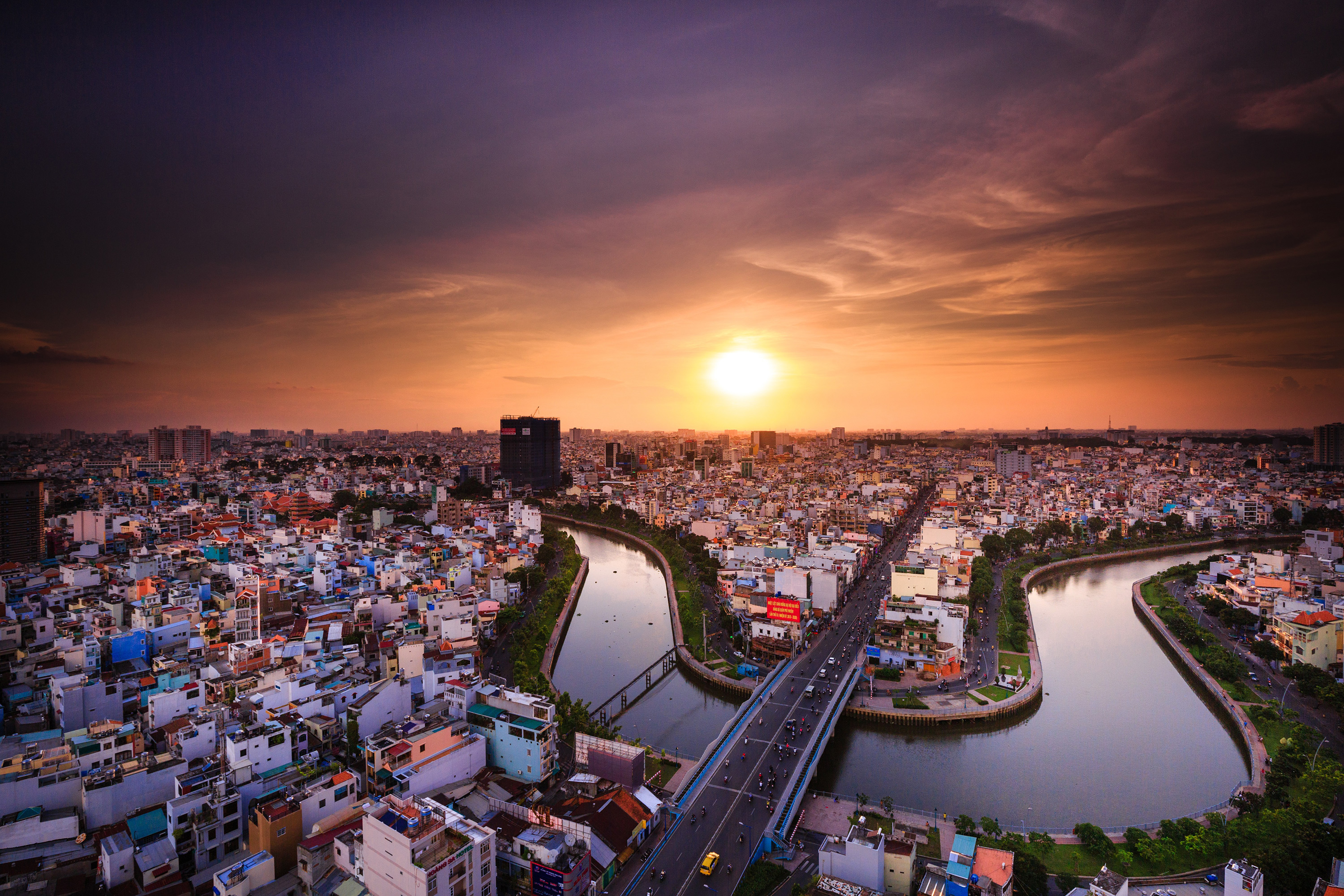Vietnam’s covid hospital

Until the beginning of August, Vietnam, population 97 million, was the world’s largest country with zero coronavirus deaths. A small number of people have died since then. The one- party state implemented aggressive quarantines. It also funneled most of its coronavirus patients into one central hospital in Saigon.
25
Covid deaths as of August 19, 2020. Source: WHO Dashboard
It was in December 2019 when I first heard about the new virus in Wuhan. We predicted that this disease would come to Vietnam soon, because China is very near Vietnam and we share a long border. We had different scenarios: What should we do when we have the first case? What should we do when we have 10 cases? 100 cases? Countless cases? We carefully prepared for each scenario. And we kept reminding all staff that they must protect themselves and strictly obey all of the hospital’s guidance to keep them safe.

Our hospital is the national hospital for tropical disease, so the government decided to send the majority of our country’s patients here. In Vietnam, the first case was in January 2020, and about two months after that we experienced the peak, when we had around 100 cases in our hospital. And we had hundreds more cases in isolation, who also stayed in our hospital. So our whole hospital was only for covid-19.
All the staff also stayed in the hospital. We didn’t go home. So we were also quarantined for more than three months. We have around 350 staff. The decision for us to stay here was made in January. It was tough, because we had to stay away from our families, and every day we had to treat these sick patients and hear about their situations.
We always had enough PPE [personal protective equipment]. Our factories also started producing extra in February. At the beginning of the pandemic, we worried that maybe we would lack that, so we tried to reuse N95 masks and we tried to reduce using PPE by, for example, only wearing one during the four hours when we worked directly in the patients’ area. But at this moment, we have so much PPE that we are exporting it to other countries.
All the staff also stayed in the hospital. We didn’t go home. So we were also quarantined for more than three months.
Coronavirus responders
This story is one in a series of interviews with people on the front lines of the coronavirus response in countries around the world. Check here for more.
I think in the country’s fight against covid-19, the media has been very important. They provide continuous information, so that the population can have real-time updates, and then believe in the government and strictly obey all their guidelines. We also have many funny videos about handwashing and wearing masks, some of them with famous singers. And this also made it easier for the children and for elderly people to understand and apply those guidelines. We highly appreciate that Vietnamese people basically followed all the rules, because it helped us a lot. The reason we can assist them up until today was because we successfully limited the numbers [of new infections]. Vietnam is a developing country and our resources are very, very limited.
When I finally got to go home to my family again, it was on May 29. We were allowed to go because we had no more positive cases in our hospital. On an average day during the peak in March and April, it really felt like we were working 24-hour days. Those three months were shorter than what I had expected, because at the beginning of the pandemic, it was growing so fast around the world. But we are lucky in Vietnam. Only two medical staff across the whole country ever got covid-19. They were both working in the ICU with severe patients, intubating them. It was a bad experience for us, but thanks to that, we improved our safety procedures. For me, life is still not back to normal now because our department still serves covid-19 patients, so we are still quarantined from the greater community. But our days are not as long now.
This interview has been condensed and edited for clarity.
Deep Dive
Policy
Is there anything more fascinating than a hidden world?
Some hidden worlds--whether in space, deep in the ocean, or in the form of waves or microbes--remain stubbornly unseen. Here's how technology is being used to reveal them.
What Luddites can teach us about resisting an automated future
Opposing technology isn’t antithetical to progress.
A brief, weird history of brainwashing
L. Ron Hubbard, Operation Midnight Climax, and stochastic terrorism—the race for mind control changed America forever.
Africa’s push to regulate AI starts now
AI is expanding across the continent and new policies are taking shape. But poor digital infrastructure and regulatory bottlenecks could slow adoption.
Stay connected
Get the latest updates from
MIT Technology Review
Discover special offers, top stories, upcoming events, and more.